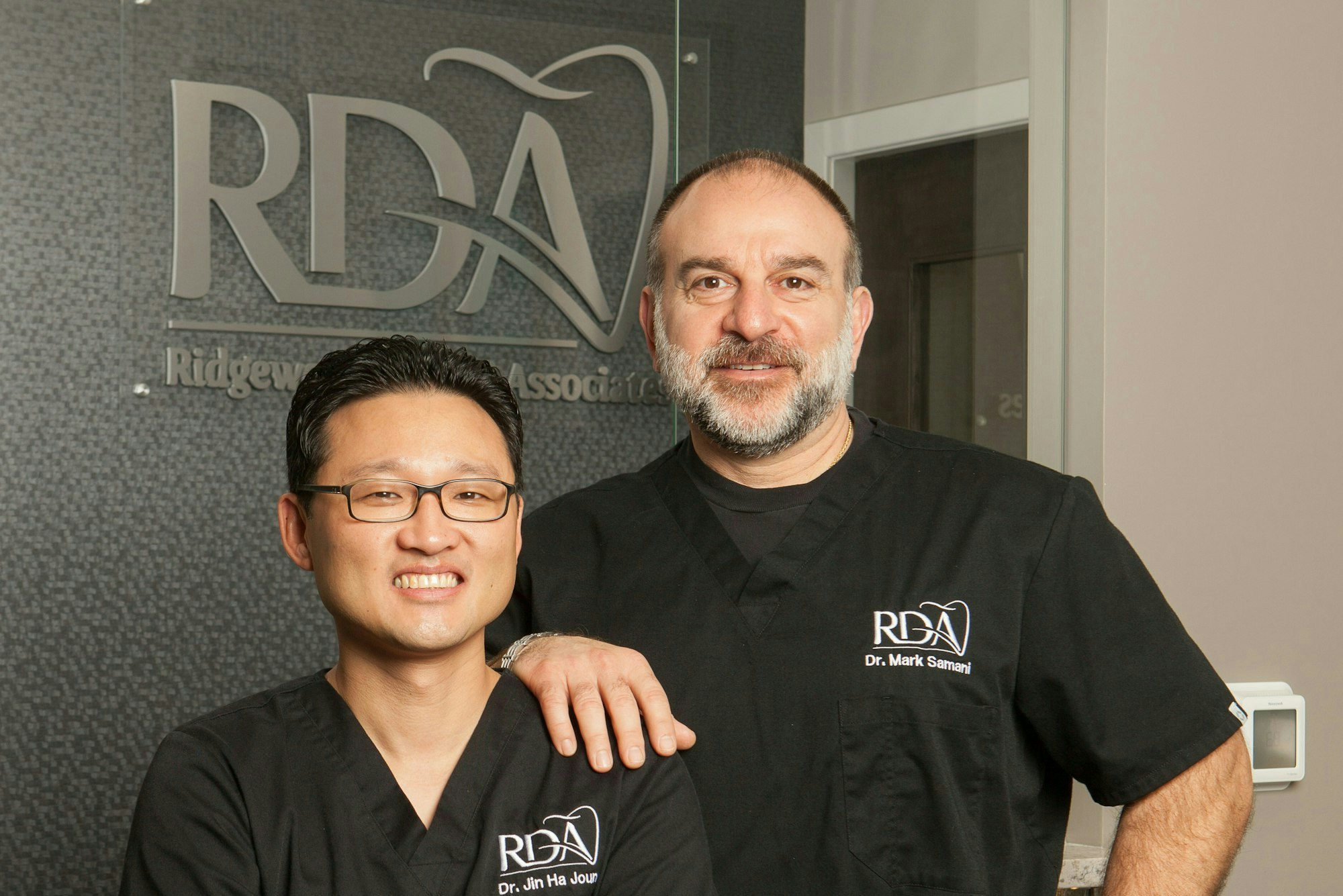Bone Grafting Can Improve Your Candidacy for Dental Implants
Patients who want dental implants but do not have the necessary jawbone to qualify for treatment can increase their candidacy with a dental bone graft. Dr. Jin Ha Joung at Ridgewood Dental Associates in Ridgewood, NJ, is one of a handful of dentists in the country to be trained in two dental specialties; both Prosthodontics and Periodontics. He is a Board Certified Periodontist, who is an active member of the American College of Prosthodontists and the International Team for Implantology (ITI).

Why Do I Need a Bone Graft?
Bone grafting is a surgery that reinforces your jawbone with additional tissue. This procedure can be performed to improve oral function or facial aesthetics following trauma or as treatment for congenital defects. However, the most common reason for this procedure is to improve dental implant candidacy.
A bone grafting procedure can add bone tissue to an atrophied area, increasing your chances of receiving dental implants.
Often, patients who have been missing teeth for a long period of time will not have enough tissue in their jawbone to anchor dental implants. Tooth roots stimulate the nearby jawbone to encourage the brain to send blood, oxygen, and other nutrients to that area. When a tooth root is missing for an extended period of time, the adjacent jawbone material eventually breaks down due to the lack of stimulation.
Without enough jawbone mass, patients may not be eligible for dental implant placement. A bone grafting procedure can add bone tissue to an atrophied area, increasing your chances of receiving dental implants.
Before a Graft
To begin, you will meet with your dentist for a consultation. At this time, detailed images will be taken of your jaw and oral structure. If it is determined that a bone graft can improve your candidacy for implants, then the images will also be used to plan your procedure. In advance of your surgery, you may be asked to stop smoking& ;and to discontinue using certain medications, such as anticoagulants.
What Happens during the Procedure?
To make you comfortable, an anesthesia will be administered to numb the area. You may also be offered sedation options, including nitrous oxide and intravenous (IV) sedation, to make you optimally relaxed. Your surgeon will then remove any teeth, if necessary.
Next, they will make an incision in the gums, and place grafted bone material into the tooth socket or the area where tissue was lost. Lastly, the surgeon will close the incisions with sutures. Some patients may receive implants immediately after a bone graft. However, most patients must wait a few months for their bone to heal before implant placement.
Recovery and Implant Placement
As with any minor surgery, patients will likely have some inflammation and discomfort after their bone graft. Medications to control swelling, pain, and congestion may be prescribed. Patients may also be given antibiotics to prevent infection.
You should plan on eating only soft food for a few days after the procedure. Make sure to brush your teeth gently until the area has healed. These steps will help avoid irritating the treatment area and facilitate healing. By following basic post-surgery care protocols, most patients will be feeling much better within a few days and return to work within a week of their surgery, if not sooner.
Rebuild Your Jaw
If you have experienced tissue loss in your jaw, a dental bone graft can restore your candidacy for dental implants. Call us at (201) 652-2474, or make an appointment online to learn more about the benefits of bone grafting.






